- The difference between an Oba Oriate,Babalawo and a Babalocha
- Understanding the Spiritual Hierarchy: Roles and Responsibilities
- The Foundational Elements of Religious Authority
- The Oba Oriate: Master of Ceremonies
- Ceremonial Leadership and Ritual Knowledge
- The Babalawo: Priest of Ifá and Divination Master
- Oracular Consultation and Spiritual Prescriptions
- The Babalocha and Iyalocha: Priests and Priestesses of the Orishas
- Everyday Spiritual Guidance and Orisha Service
- Comparative Functions and Ceremonial Authorities
- Frequently Asked Questions About Religious Roles
- Clarifying Common Misconceptions
Understanding the Spiritual Hierarchy: Roles and Responsibilities
Within Afro-Cuban religious traditions, particularly Santería (Regla de Ocha-Ifá), Lucumí, and Yoruba practices, there exists a complex hierarchy of spiritual leaders and practitioners. Each role carries distinct responsibilities, knowledge bases, and ceremonial functions that collectively maintain the integrity and continuity of these ancestral traditions. Comprehending the differences between an Oba Oriate, Babalawo, and Babalocha is essential for practitioners seeking appropriate guidance and for those interested in the organizational structure of these spiritual systems.
The Foundational Elements of Religious Authority
Religious authority in Afro-Cuban traditions is not monolithic but distributed across various specialized roles. This distribution ensures that no single individual holds complete power over all aspects of religious practice, creating a system of checks and balances. The differentiation between these roles stems from historical developments, regional variations, and the specific deities (Orishas) they serve.
For practitioners seeking authentic ritual items for their spiritual practice, understanding these roles helps ensure they acquire appropriate tools from knowledgeable sources. The Eleke Elegua, for instance, represents one such essential ritual item.
The Oba Oriate: Master of Ceremonies
An Oba Oriate (literally "King of the Mat" or "King of Divination") occupies a position of profound significance within Santería ceremonies, particularly during initiations. This title represents the highest ceremonial authority in Regla de Ocha and requires decades of rigorous study and apprenticeship.
Ceremonial Leadership and Ritual Knowledge
The Oba Oriate's primary function involves directing and performing complex initiation ceremonies (Kariocha), where new priests and priestesses are consecrated to their guardian Orisha. This demanding role requires encyclopedic knowledge of:
- Liturgical sequences and ceremonial protocols
- Sacred songs (Orikis) in Lucumí language
- Ritual choreography and drum rhythms
- Divination through the diloggún (cowrie shell system)
Unlike other religious roles, the Oba Oriate must possess extraordinary memory capacity, as the ceremonies they conduct may last several days and must be performed with precise accuracy. They interpret the patterns revealed through divination during ceremonies, determining the initiate's guardian Orisha and specific ritual requirements.
"The Oba Oriate embodies the living repository of oral tradition, preserving ceremonial knowledge that cannot be fully captured in written form. Their presence ensures ceremonial continuity across generations." — Traditional Lucumí proverb
Notably, while tremendously respected, the Oba Oriate does not necessarily have authority outside ceremonial contexts. Their specialization lies specifically in the orchestration of sacred rituals rather than everyday spiritual consultation.
The Babalawo: Priest of Ifá and Divination Master
The Babalawo (meaning "Father of Secrets" in Yoruba) represents the highest authority in Ifá, a sophisticated system of divination and wisdom literature originating from Yorubaland. While connected to Santería/Lucumí traditions, Ifá maintains its distinct ceremonial lineage and body of knowledge.
Oracular Consultation and Spiritual Prescriptions
Babalawos undergo an intensive initiation and educational process focused on mastering the Ifá literary corpus, which contains 256 Odu (sacred patterns) with thousands of accompanying verses, parables, and prescriptions. Their primary responsibilities include:
Divination through either the opele (divination chain) or ikin (sacred palm nuts) to access the wisdom of Orunmila, the Orisha of wisdom and prophecy. The interpretation of these divination results to diagnose spiritual issues, identify necessary offerings, and prescribe appropriate remedies. The performance of specialized ceremonies such as ebo (offerings), cleansings, and protective rituals.
A fundamental distinction between Babalawos and other religious authorities is their exclusive access to certain ceremonies, particularly those involving Orunmila and Oduduwá. Additionally, they perform the ebbo meta (three offerings) and various cleansing rituals that only Babalawos are permitted to conduct.
It's worth noting that traditionally, only men can become Babalawos, which distinguishes this role from others that are accessible regardless of gender. This gender restriction reflects historical Yoruba practices, though some contemporary communities have begun questioning these limitations.
The Babalocha and Iyalocha: Priests and Priestesses of the Orishas
Babalocha (male) and Iyalocha (female), collectively known as Santeros and Santeras, are initiated priests and priestesses who have undergone the Kariocha ceremony, becoming consecrated to a specific guardian Orisha. These practitioners form the backbone of the religious community.
Everyday Spiritual Guidance and Orisha Service
After completing their year as iyawo (new initiate) and receiving their "cuchillo" (knife ceremony), these priests and priestesses gain the authority to:
- Perform divination through various systems, primarily the diloggún (cowrie shells)
- Conduct cleansings and protective rituals for clients
- Prepare certain amulets and spiritual protections
- Care for the sacred objects (fundamentos) of their Orishas
- Guide godchildren in their spiritual development
Unlike Babalawos, whose focus remains primarily on divination and specific ceremonies, Santeros and Santeras maintain daily relationships with the Orishas through regular offerings, celebrations, and ritual care. They serve as intermediaries between their religious community and the spiritual forces represented by the Orishas.
The distinction between a Babalocha/Iyalocha and an Oba Oriate lies in specialization rather than hierarchical superiority. While all Oba Oriates are Santeros, not all Santeros become Oba Oriates, as the latter requires additional training, aptitude, and recognition from the religious community.
Comparative Functions and Ceremonial Authorities
To understand the relationship between these religious roles, it helps to examine their overlapping yet distinct ceremonial authorities. The following table summarizes key differences:
| Aspect | Oba Oriate | Babalawo | Babalocha/Iyalocha |
|---|---|---|---|
| Primary Divination System | Diloggún (16 cowrie shells) | Ifá (opele chain or ikin palm nuts) | Diloggún (typically limited to 12 shells) |
| Ceremonial Authority | Directs Kariocha (initiation) ceremonies | Performs Ifá-specific ceremonies and ebbo meta | Conducts smaller ceremonies and rituals for clients |
| Spiritual Focus | Ceremonial correctness and tradition | Oracular wisdom and destiny | Daily Orisha care and community guidance |
Frequently Asked Questions About Religious Roles
Clarifying Common Misconceptions
Can someone hold multiple religious titles simultaneously?
Yes, religious practitioners can hold multiple titles. A Santero may become a Babalawo through separate initiation into Ifá. Similarly, an experienced Santero may be recognized as an Oba Oriate after demonstrating exceptional knowledge and receiving community acknowledgment. Each role requires its specific initiation and training.
Is there a hierarchical superiority among these roles?
Rather than a linear hierarchy, these roles represent specialized functions within a complementary system. While certain ceremonies require specific authorities (e.g., only a Babalawo can perform certain Ifá rituals), each role maintains autonomy within its designated sphere of influence. The system functions through mutual respect and recognition of specialized knowledge domains.
How does one identify authentic religious authorities?
Authentic religious authorities in these traditions are recognized through their lineage (who initiated them), community acknowledgment, demonstrated knowledge, and ethical conduct. Legitimate practitioners can identify their religious godparents, the ilé (religious house) they belong to, and usually have relationships with other respected community members. Beware of those making extravagant claims without community connections.
Understanding these distinct yet complementary roles provides practitioners and spiritual seekers with the knowledge necessary to approach appropriate religious authorities for their specific needs, thereby preserving the integrity of these profound spiritual traditions.

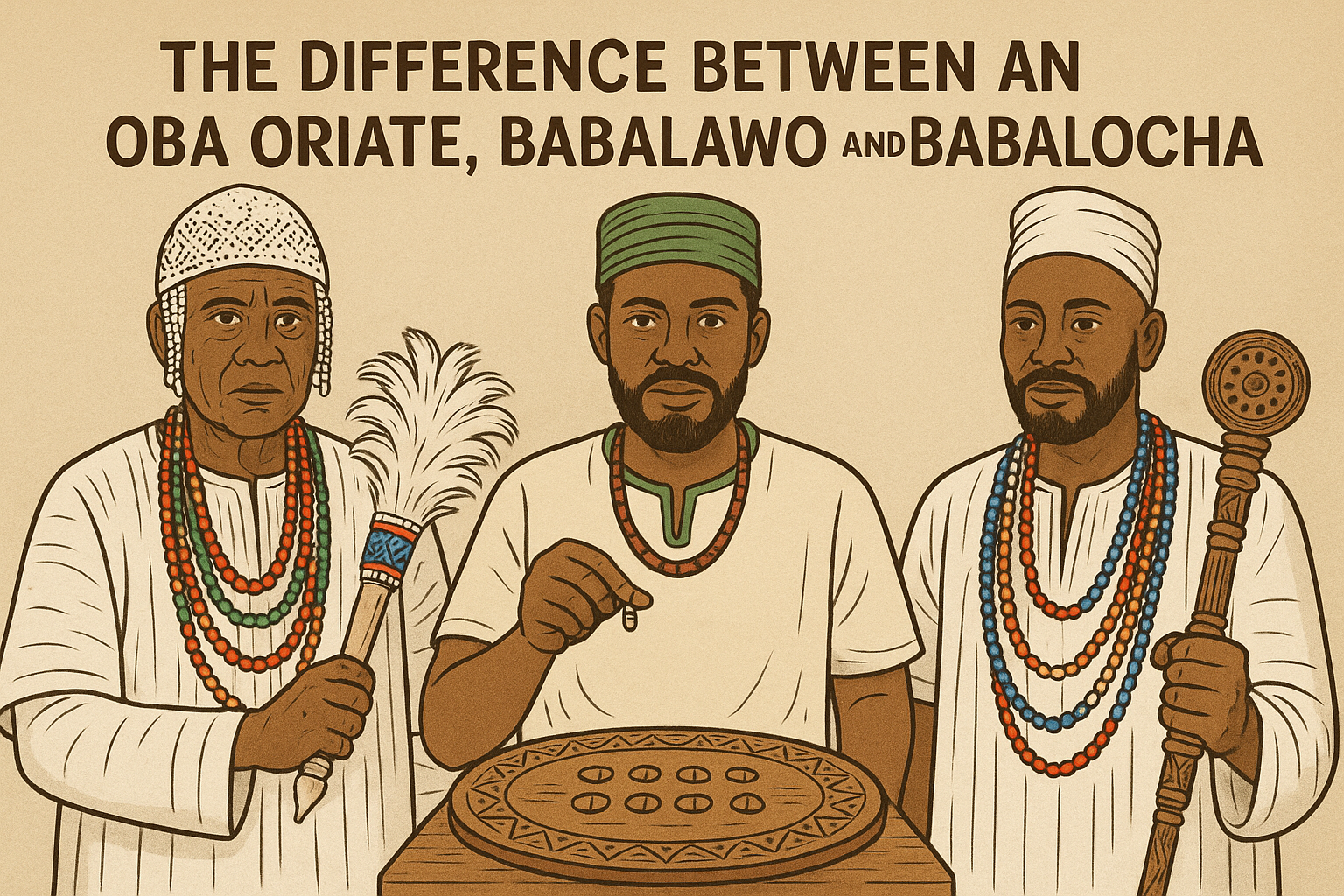
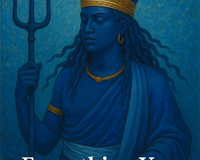
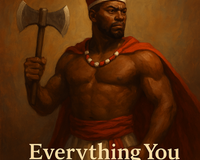
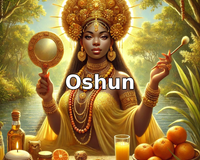
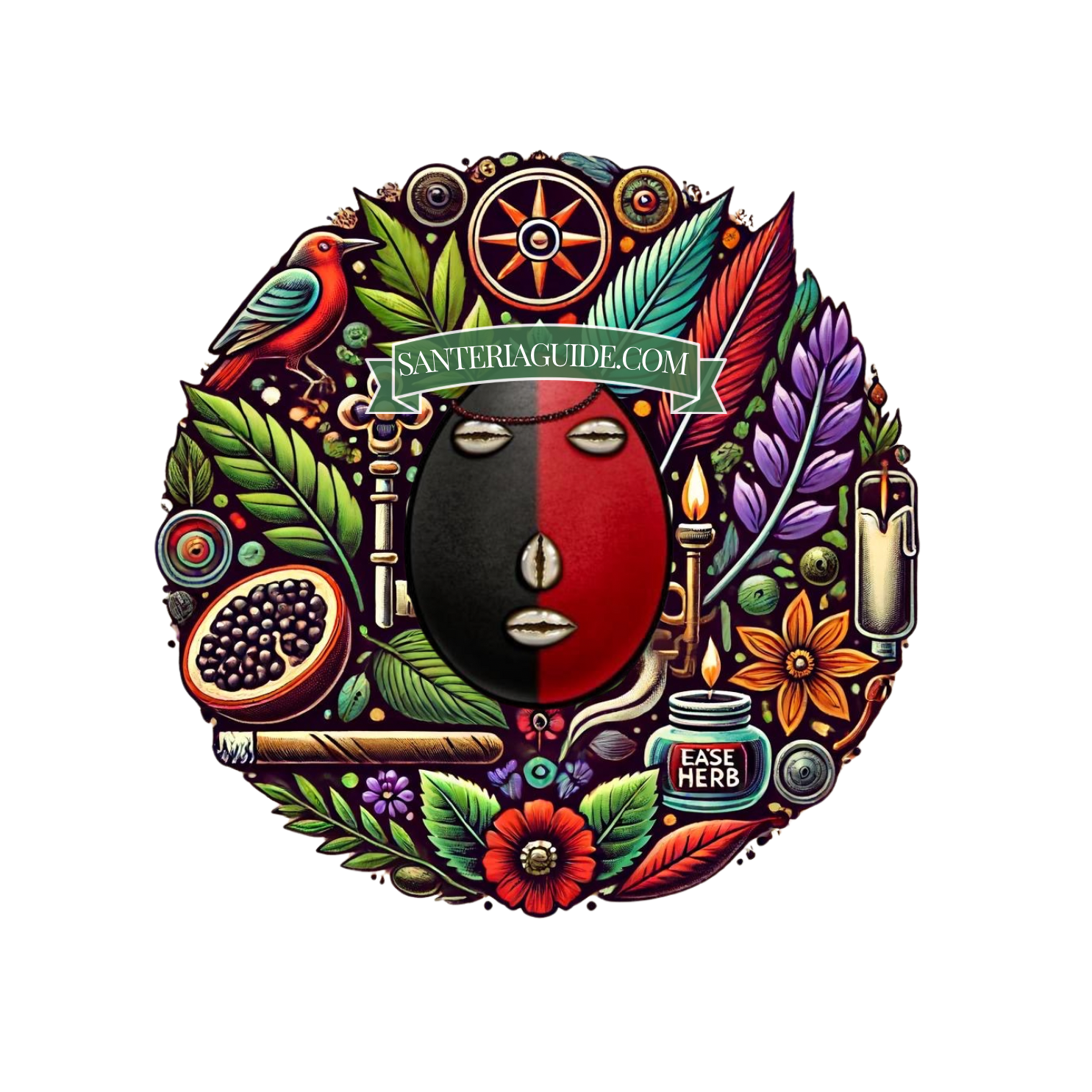
1 comentario
Liliana
I absolutely love the blogs you share! The way you simplify everything about Santería makes it so easy to understand and connect with. Thank you for spreading such valuable knowledge